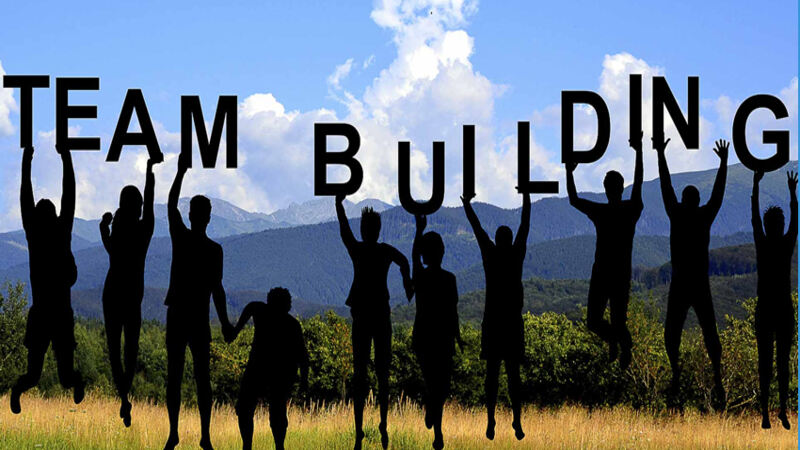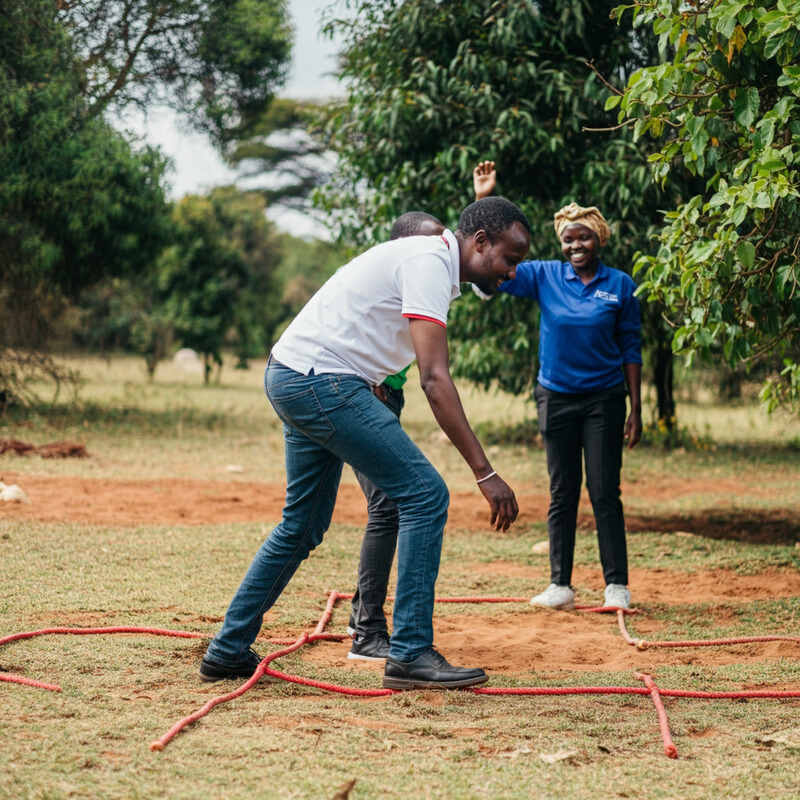Introduction
Team building might seem like just a fun day out of the office, but it’s far more than that. For many organizations, team building is an essential investment in creating a collaborative, motivated, and effective workplace. In a world where remote work and diverse teams are increasingly common, shared games and activities have become crucial to bridging gaps, improving communication, and fostering a sense of belonging among team members.
Here’s why team building is important and how it can transform your organization.
The Core Benefits of Team Building
1. Enhanced Communication
Communication is the foundation of any successful team, yet misunderstandings and miscommunications are common challenges. Shared exercises create an environment where team members can communicate openly, building trust and encouraging more transparent interactions. From problem-solving activities to strategy games, team building challenges people to think and share ideas in ways that are different from the usual work routine. This fosters better communication back at the office, as colleagues are more comfortable sharing ideas and collaborating.
2. Increased Collaboration and Cooperation
Team building brings together diverse individuals with unique strengths. Activities that encourage collaboration let people discover how their colleagues think and work, allowing for more effective partnerships in the workplace. These activities promote a mindset of shared goals and mutual respect, helping team members realize that they are all working towards the same objectives. By understanding this, team building can prevent silos and create a more unified and cooperative work culture.
3. Boosted Morale and Motivation
A team that feels appreciated and connected is naturally more motivated. Shared activities give employees a break from their daily tasks and allow them to have fun with colleagues in a relaxed setting. This shared experience strengthens camaraderie, leading to greater job satisfaction and a positive attitude toward work. Happy, motivated employees are more engaged and productive, benefiting the organization overall.
4. Developing Leadership Skills
Team building activities can reveal hidden leadership qualities within your team. In many exercises, different individuals have the opportunity to take on leadership roles, manage tasks, or strategize on behalf of the group. These experiences help employees understand their leadership styles and gain confidence in their abilities, which can carry over into their daily roles. Developing leadership skills within your team supports succession planning and ensures that your organization has a strong talent pool.
5. Conflict Resolution
Conflicts are inevitable in any team, but team building can improve how conflicts are handled. By fostering better communication and understanding, team building helps employees resolve differences more effectively. Activities that require teamwork under pressure mimic the kinds of challenges faced at work, encouraging people to work through differences and solve issues collaboratively. This helps create a respectful work environment where employees feel comfortable discussing and resolving disagreements constructively.
6. Increased Innovation and Creativity
Team building provides the ideal environment for creativity to flourish. With activities designed to encourage out-of-the-box thinking, team building pushes employees to approach problems from different perspectives. This newfound creativity can inspire more innovative ideas back at work, helping the organization stay competitive and adaptable. Teams that know how to collaborate effectively are more likely to come up with innovative solutions and ideas.
Types of Team Building Activities
a) Water-Based Activities
Water-based activities, like kayaking, raft building, or relay swimming, add an adventurous element to team building. It’s excellent for promoting communication, trust, and cooperation in an environment that’s both challenging and fun.
b) Problem-Solving Games
Activities like escape rooms or puzzle challenges require teamwork, strategy, and communication. These games are great for fostering quick thinking and collaboration, showing team members how much they can accomplish together.
c) Outdoor Adventures
Ropes courses, ziplining, and hiking excursions encourage teams to support each other through physical challenges, building trust and camaraderie. These types of activities highlight the importance of relying on one another.
d) Workshops and Strategy Sessions
While they may not be as exhilarating as physical activities, strategy sessions focused on goal-setting, planning, or brainstorming help teams align on organizational objectives and encourage a shared sense of purpose.
How Team Building Supports Company Goals
Team building isn’t just a “nice-to-have”; it’s a strategic tool that aligns with company objectives in multiple ways. If done effectively, it creates a culture where everyone understands and works toward shared goals. By fostering a connected, motivated team, you enhance productivity and engagement, which directly impacts the bottom line.
For instance, companies with high engagement tend to have lower turnover rates and higher productivity levels. Shared activities help employees feel valued and invested in the organization’s mission, making them more likely to stay committed to their roles and perform at a higher level. When a team feels truly united, they’re more equipped to adapt to change, solve complex problems, and innovate—qualities that are essential for any organization’s success.
The Long-Term Impact of Team Building
Over time, shared activities foster a culture of trust, cooperation, and mutual respect that enhances the team’s resilience and adaptability. Teams that regularly engage in team building are more likely to embrace feedback, celebrate each other’s successes, and work together through challenges.
Team building also strengthens the organization’s reputation as a great place to work. Employees are more likely to share their positive experiences with peers and potential recruits, helping to attract and retain top talent.
Conclusion: Investing in Your Team
At the end of the day, investing in team building is an investment in the heart of your organization: your people. The relationships, skills, and values developed don’t just stay within the team; they shape the organization as a whole. Whether you’re looking to improve communication, inspire innovation, or just make your workplace more enjoyable, shared activities can play a pivotal role in transforming your team and driving lasting success.
Ready to empower your team with engaging, effective shared experiences? Get in touch for a free quote






